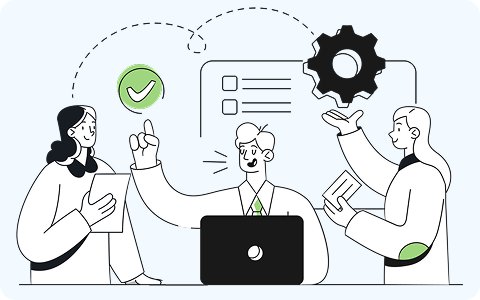
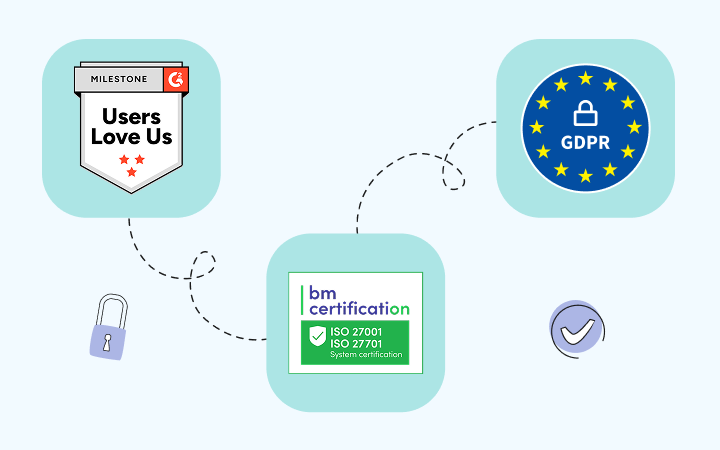
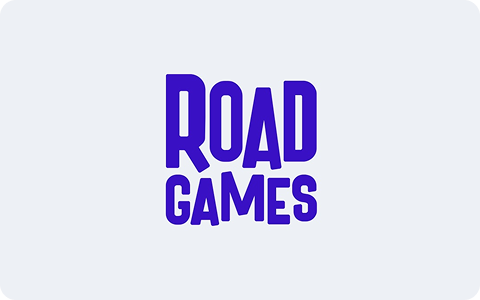
🍪 Allow functional cookies?
We use Zendesk messaging software for easy communication with our clients. Zendesk uses cookies to interact with website visitors and provide chat history.
See our Privacy Policy for more info. You can change your cookie preferences at any time in our Cookie Settings.
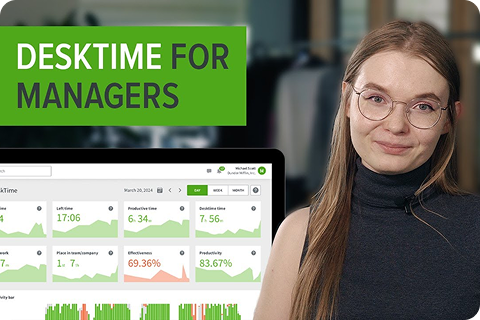



We help businesses grow and people become more successful
Bezmaksas 14 dienu izmēģinājums. No credit card required.
By signing up, you agree to our terms and privacy policy.
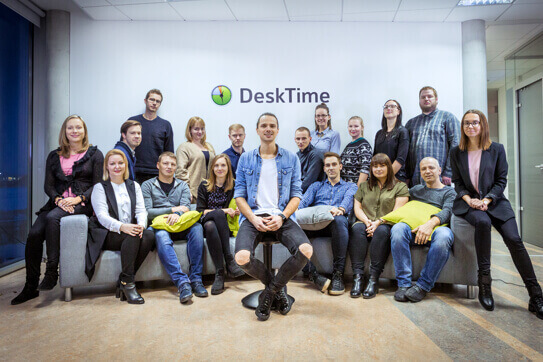
DeskTime was born out of the need for the Draugiem Group to manage their many employees. An internal application was developed, and we soon realized that we'd made a tool that could be useful for many other companies. Why not offer it to them? - we thought. And so, the development began.
At DeskTime, we’re committed to accountability, transparency, and fairness. DeskTime is a product designed to increase productivity in an open and empowering environment. The added benefit? Boosting your employees and motivating them to perform at 100% of their potential.
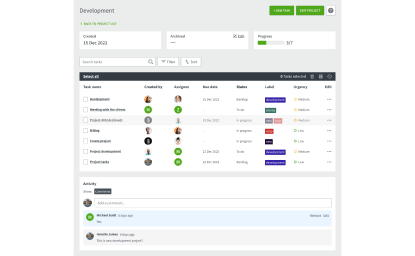
We've given the DeskTime Projects section a fresh, new look and expanded its features, so you can manage your projects and track their time all in one app. On top of the previously available features, you can now also set task deadlines, attach relevant files, enter hourly rates for tasks, and do much more.
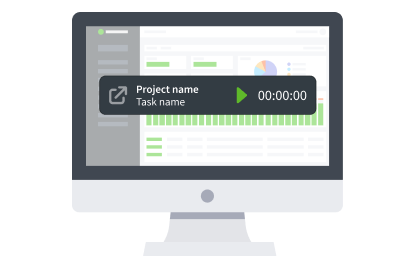
The new manual web timer lets users enjoy DeskTime from any browser without downloading and installing any software. You can use it as an alternative to automated time tracking or together with the DeskTime app.
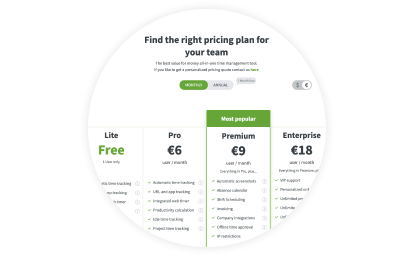
We gave up all pricing plans that were based on specific user count amplitudes and instead opted for per-user pricing. This lets you make easy calculations about how much you'll pay based on the number of people using DeskTime.
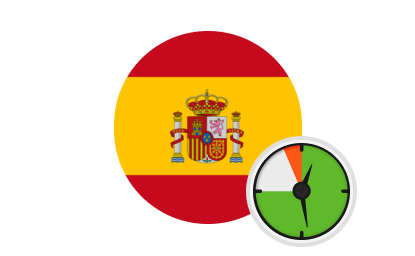
The full-system localization, which has been in the works for a while, is finalized. It's a step that makes our website and productivity tips more accessible to Spanish-speaking communities across the globe.
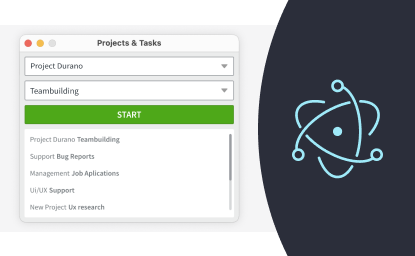
The new and improved functionality for Mac and Linux users in the Electron software framework has made using DeskTime faster and more convenient. The update introduced user interface improvements in the app and Project Manager, a passwordless magic link login, and a project Quick menu for added user experience.
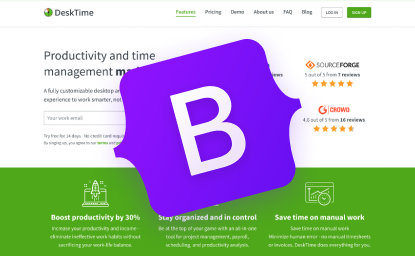
We've always been about efficiency, and a good user experience is one of the cornerstones of that goal. That's why we implemented Bootstrap 4 in our system. It improved our website's accessibility ratings, making it perceivable, understandable, as well as easier to navigate and operate for all our users.
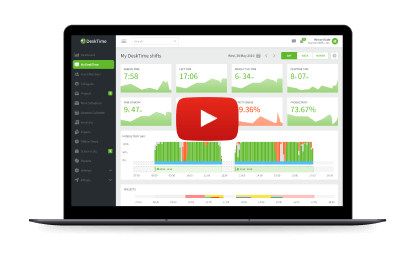
When it comes to software demonstration video tutorials work wonders. It's the easiest way to make sure our customers get the most out of all the features DeskTime has to offer. On-demand webinars do just that. We redesigned our webinar landing page and made the short and easy how-to videos available for anyone at any time.

It's all about the best customer support these days, and we're up for the challenge. DeskTime achieves one of our biggest goals for 2021 – our support is now available in the Spanish language. Next up – a full system localization. ¡vamos!

To close out 2020 and kick-off 2021 fresh, DeskTime's homepage receives a dapper redesign that better captures who we are, what we do, and what we stand for. And it's also prettier. Much prettier. Which is just as important!
Even though, legally speaking, we've been a US-based company from the very beginning, our main center of operations has always been Latvia. Now, we're just changing our legal address and legal name to have everything in one place.
We upgraded our physical infrastructure by deploying new servers in the USA and India to meet the needs of our growing user base in these and nearby markets. DeskTime users from these areas now have an even smoother and faster DeskTime experience.
DeskTime begins working with resellers and distributors worldwide to make payments easier and break down language and communication barriers for new users in countries beyond our main base of operations, thus ensuring broader and better accessibility to DeskTime.
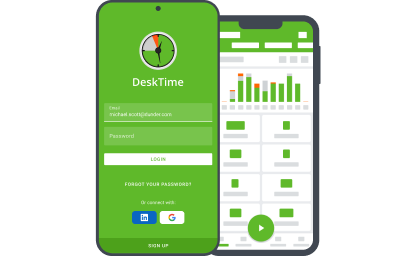
The DeskTime mobile app gets a major update, both UX and feature-wise. The renewed app now includes a mobile timer for time tracking on the go, allows you to assign time to individual projects, and log offline time.
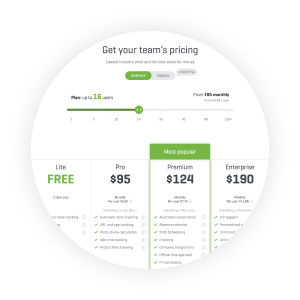
Two new pricing plans are introduced to fit the needs of our premium and enterprise-level customers. The new plans – Premium and Enterprise – offer clients a bunch of extra features and functionalities, as well as priority support.
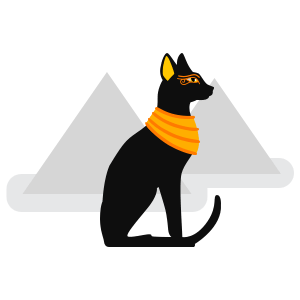
The total time tracked by all DeskTime users reaches 81 million hours – that’s 9268 years. In linear time, that's as if DeskTime had tracked every minute since homo sapien domesticated cats in around 8000 BC. DeskTime now works in 203 countries, serving 184 000 users in 8600 companies.

The DeskTime team sets a goal to create entertaining and practically useful content on YouTube to have an even more open conversation about productivity, management, and time tracking and the benefits behind it.
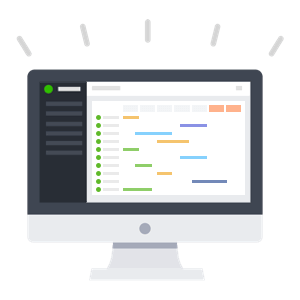
A new feature is introduced – employee shift scheduling. It allows managers to plan shifts, see a complete overview of created shifts, that way avoiding overstaffing and understaffing. It also gives an insight into shift workers' productivity.

Users are offered a more convenient and cost-efficient billing option. With the annual payment, users are charged once a year and save a month's worth of fees.
One of the most popular features – project tracking – becomes easier to administer. New user-friendly functionalities are added, including project search and time and cost estimation.
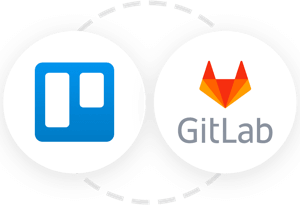
DeskTime continues to add integrations with popular work tools. The Trello and Gitlab integrations allow users to automatically import their cards and issues to DeskTime and track time.
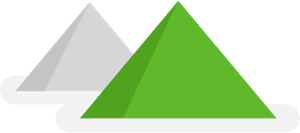
DeskTime now works in 174 countries, serving 144 000 users in 6700 companies. Until this time, we’ve tracked 63 million hours - that’s 7228 years.
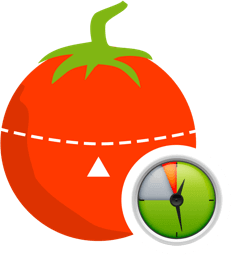
The most requested feature of 2017/2018 is here! Users can now enable the built-in Pomodoro timer to remind themselves to take regular breaks - every 52, 60 or 90 minutes.
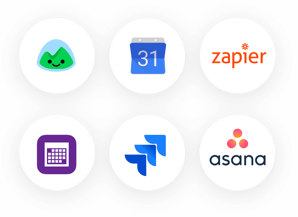
DeskTime now integrates with Jira, Asana, and Zapier. Users can pull their projects into DeskTime and log their time within the apps. Additionally, My DeskTime gets a new Messaging feature. Users can now leave notes for their colleagues right inside DeskTime.
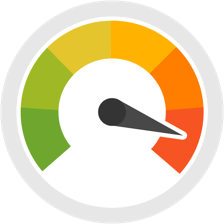
DeskTime changes its database servers and doubles their speed and capacity. The same month, the DeskTime desktop app gets new design icons on Windows, MAC, and Linux.

The DeskTime + Google Calendar integration automatically logs users' offline time - the time they've been away from their computer, in meetings or for other work-related reasons. That way, users now can see how much time they spend in meetings, business lunches, work-related trainings, and more.
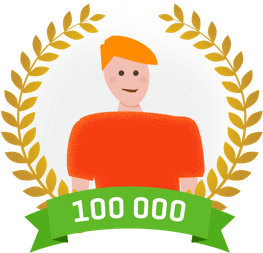
Today, over 100K people in 98 countries use DeskTime to optimize their work time and get more things done. Which, apparently, works: the stats show that DeskTime users have an average productivity of 80.9%. It means, out of an 8-hour workday, almost 6.5 hours are spent on work-related tasks.

After insistent customer requests, DeskTime adds the Screenshots feature. The new feature lets managers capture employees’ screens in random 15-minutes intervals to follow the work in progress. It is mostly used to manage remote teams, where employees are paid by the hour.
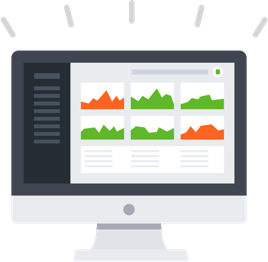
The app gets a design makeover. The new design makes it easier for users to read their data - graphics and other data visualizations are now made more comprehensive. Additionally, another set of much requested features is added, including the Absence calendar and Colleagues. The new features let teams better organize their time off and store colleagues’ contact information in one place.
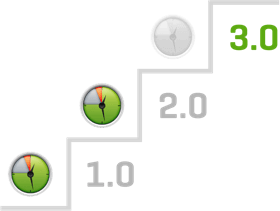
The long work on DeskTime's third version begins. By paying a great attention to detail, the new version aims to improve user experience and make the software's user interface more comprehensive.
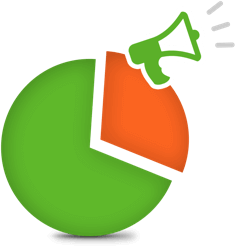
DeskTime analyzes the top 10% of its most productive employees and discovers their one common trait: they work 52 minutes, then break for 17 minutes. Originally published on Daily Muse, the article goes viral and gets republished by Mashable, Business Insider, Inc.com and Lifehacker, and many other popular media.
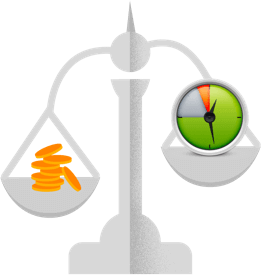
At the end of 2013 DeskTime stands on its own feet and starts working with profit. The startup can now cover its own expenses and doesn't needs no help from other companies within the Draugiem Group.
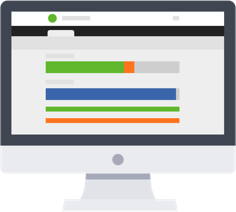
Adding various major features, DeskTime launches its second version. From now on, users can track their projects and tasks with the Projects feature, create and download Reports, and track their Offline time – read: log the time they’ve spent away from the computer. The new version also has a fresh, user-friendly design and better visualization of the tracked data.

On February 1st, the first article is published on the DeskTime blog. The blog is made as the place to share the latest productivity insights and tips on how to optimize one’s time. Its most popular blog post that describes how office environment affects productivity has since been read nearly 40'000 times.
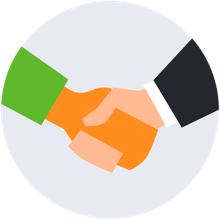
A USA based company, 121 USA LLC, signs up and becomes DeskTime’s customer in January 2012. Five years later, the team of 63 people is still using the app, which makes it our most loyal customer. Since the launch of the app, over 6000 other companies have joined and use DeskTime.

After spending 5 years in the pharmacy business and a year managing a startup, called SportSnaps, Artis Rozentals joins the DeskTime team and becomes its CEO.

The Canadian born Latvian, Julia Gifford, becomes the first full-time employee of DeskTime. Today, there are 7 people on the DeskTime team: the CEO, the customer relations manager, three programmers, one designer, and a content marketer.
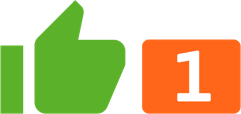
Three weeks after the launch of the software, the very first customer registers and begins tracking time with DeskTime. Time tracking is still the core feature of the app: in 6 years, DeskTime has tracked over 171 million hours, which is almost 19552 years of time.

DeskTime goes online on July 1st, 2011 under the wings of the Draugiem Group, the Latvia based IT company. The main idea of the time tracking software, from day one, is to increase workplace transparency between employees and management and to make sure work time is spent faithfully.
Forget manual entries and distractions. With DeskTime, time tracking runs on autopilot—zero effort needed.